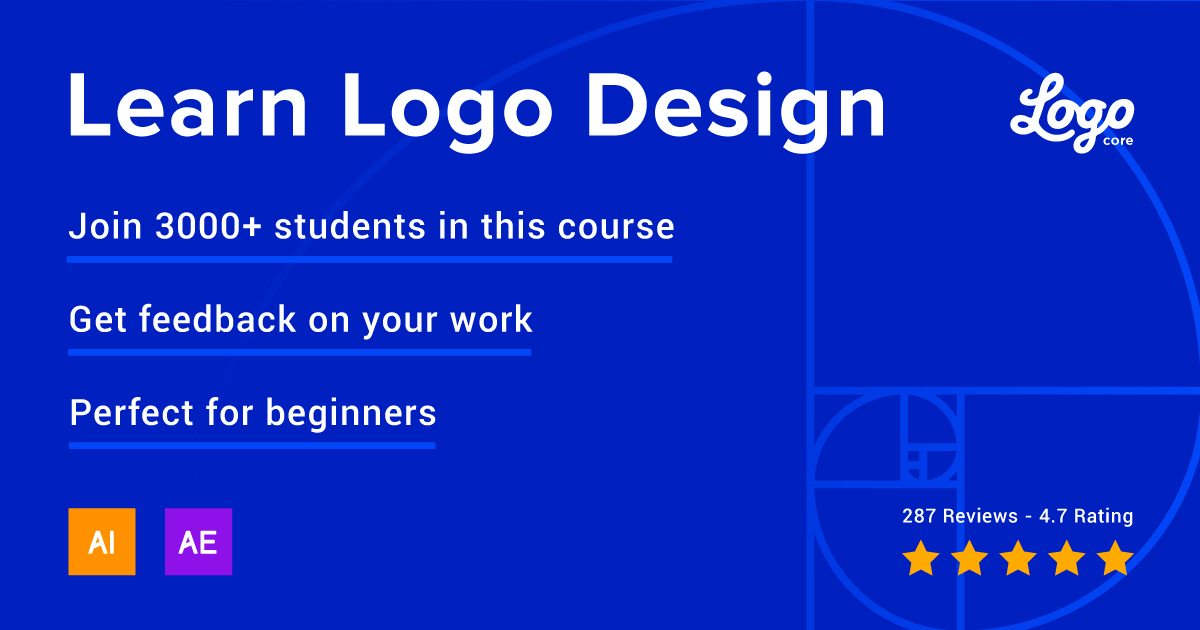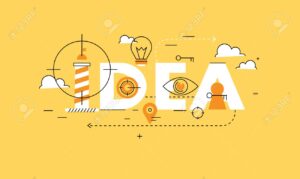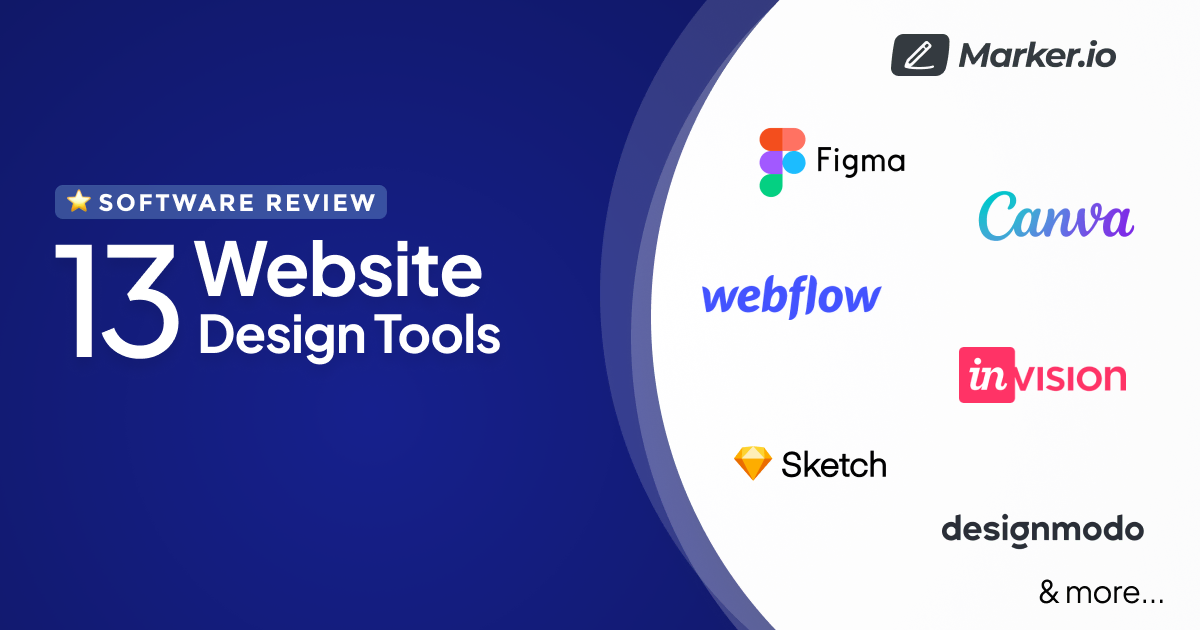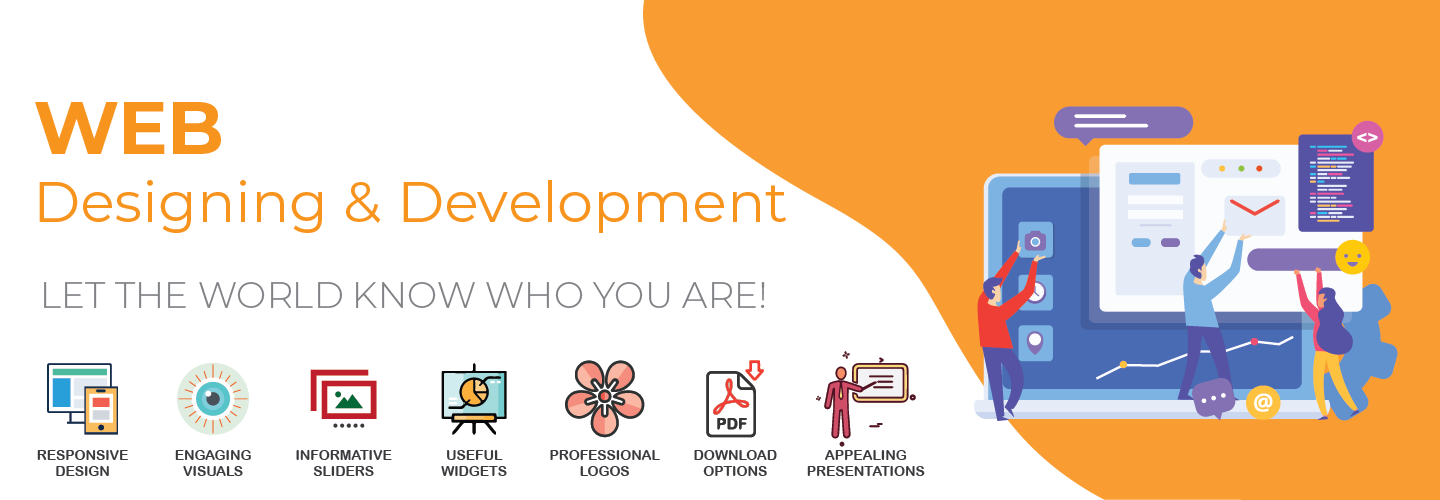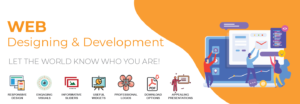Exploring Logo Design Categories
Exploring Logo Design Categories: Understanding the Diversity of Visual Identity
Logo design is a multifaceted discipline that encompasses a wide range of styles, approaches, and techniques. From minimalist marks to intricate illustrations, logos come in various forms, each serving a unique purpose and reflecting the identity and values of the brand it represents. Let’s delve into the different categories of logo design and how they contribute to brand recognition and identity across popular social media platforms like Facebook, Twitter, TikTok, YouTube, and Instagram.

1. Wordmark Logos: Wordmark logos, also known as logotypes, consist of the brand name or company’s initials rendered in a unique and stylized font. These logos rely solely on typography to convey the brand identity and are often used by companies with distinctive names or established brand recognition. Examples of wordmark logos include Coca-Cola, Google, and FedEx. Wordmark logos are versatile and effective for building brand recognition across social media platforms where text plays a significant role in communication, such as Twitter and Instagram.
2. Symbol or Icon Logos: Symbol or icon logos feature a graphical symbol or abstract icon that represents the brand independently of the company name. These logos are highly visual and can convey the brand’s identity and values through a single recognizable symbol. Examples of symbol logos include the Nike swoosh, Apple’s bitten apple, and the Twitter bird. Symbol logos are effective for social media platforms like Facebook and YouTube, where visual elements play a crucial role in capturing attention and conveying meaning.
3. Combination Logos: Combination logos combine both text and graphical elements to create a unified brand mark. These logos typically feature the brand name alongside a symbol or icon, creating a cohesive visual identity that reinforces brand recognition and memorability. Examples of combination logos include Adidas, Starbucks, and Burger King. Combination logos are versatile and suitable for a wide range of social media platforms, allowing brands to establish a strong visual presence across channels like TikTok and YouTube.
4. Emblem Logos: Emblem logos feature the brand name or initials enclosed within a distinct shape or emblematic design. These logos often evoke a sense of tradition, authority, or heritage and are commonly used by organizations, institutions, and government agencies. Examples of emblem logos include Harley-Davidson, BMW, and Starbucks. Emblem logos are well-suited for social media platforms like Instagram, where the square format and visual emphasis on detail allow for the intricate design elements of emblem logos to shine.
5. Abstract Logos: Abstract logos use geometric shapes, lines, and forms to create unique and non-representational designs that convey the brand’s identity and values. These logos are often open to interpretation and can evoke different emotions and associations depending on the viewer’s perception. Examples of abstract logos include Pepsi, Adidas, and Airbnb. Abstract logos are effective for social media platforms like TikTok, where creativity and innovation are celebrated, allowing brands to stand out with visually striking and conceptually intriguing designs.
In conclusion, logo design categories offer a diverse range of options for brands to express their identity and connect with their audience across social media platforms like Facebook, Twitter, TikTok, YouTube, and Instagram. Whether it’s through wordmark logos, symbol or icon logos, combination logos, emblem logos, or abstract logos, each category of logo design has its unique strengths and characteristics that contribute to brand recognition and identity in the digital landscape. By understanding the different logo design categories and their suitability for various platforms and audiences, brands can create logos that resonate with their target demographic and make a lasting impression in the minds of viewers.


